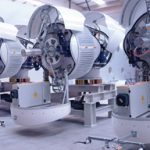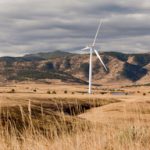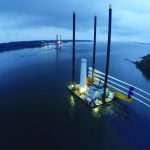Achieving net zero will require us to simultaneously clean up and dramatically scale up electricity generation to two and half times today’s levels by 2050, creating enormous demand for new skills. Achieving such a rapid scaling up of capacity will mean the number of jobs across the energy sector will have to increase significantly over the same period — the International Renewable Energy Agency (IRENA) suggests an increase to 100 million people by 2050. Europe alone will require an additional 1,300 GW of new wind-power capacity to deliver its net zero ambitions. Achieving the energy transition will therefore require a parallel transition of talent from other sectors, with a skills shortfall now cited as one of the main barriers to achieving clean energy.
Renewables firms now face a cross-sector competition for a narrow pool of skills and the challenge of attracting workers — particularly where offshore and onsite technicians are concerned — to a weather-dependent, project-based industry that entails long hours and remote deployments. This will mean looking to attract talent from outside the sector in unusual places. It will also mean appealing to a new wave of Gen Z and millennial workers that value flexibility and seek employers aligned with their environmental values.
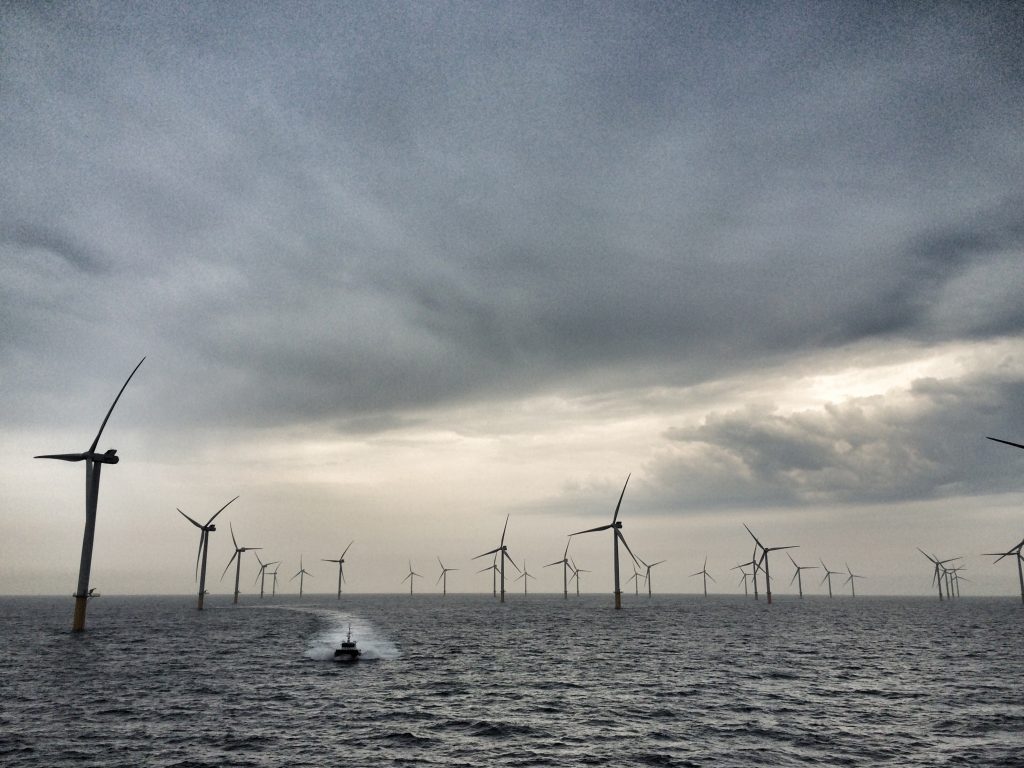
The Looming Skills Crisis
Renewables accounted for 70 percent of all investment in new power generation last year. Yet the speed and scale of the energy transition will require an equally rapid transition of talent from other sectors into green energy roles; 80 percent of hiring managers now pinpoint skills as one of the key challenges facing the renewables industry.
Renewable generating technologies are increasing in complexity, requiring greater quality as well as quantity of technical skills. New innovations in floating offshore wind technology will require a fresh influx of engineering expertise at a time when there is already a global engineering talent shortage.
Infrastructure is also growing larger and more difficult to install, inspect, and maintain, with everything from substations to wind turbines mushrooming in size and moving further from the shore. The globally dispersed array of wind farms demands an even more mobile, globalized workforce than previous energy industries.
Yet the looming talent race risks becoming a zero-sum game for green energy if renewable firms compete for skills from within the sector, merely moving skilled labor in some renewable projects at the expense of others. This creates an urgent imperative to look beyond the sector for a fresh wave of outside talent.
The project-based, transient nature of new renewable projects creates a challenge in finding thousands of new technicians willing to frequently travel for short-term deployments in far-flung locations. Legislative price caps on green-energy costs also reduce the scope of renewables companies to compete for skills on salaries alone.
Seeking a New Profile of Renewable Employee
The renewables industry has many features that could appeal to a new generation of rising talent motivated by freedom, flexible work, and personal values. The industry’s pivotal role in combating climate change forms an attractive proposition for millennial “belief-driven” employees that actively choose employers aligned with their ideals.
Many of this generation also value free-roaming, flexible work over returning to the same work location again and again. This suits a weather-dependent, project-based industry with frequent travel opportunities. The global ubiquity of renewable power sources means workers can be free-roaming and are not tied to specific local hubs, which sometimes is seen to be the case with oil and gas.
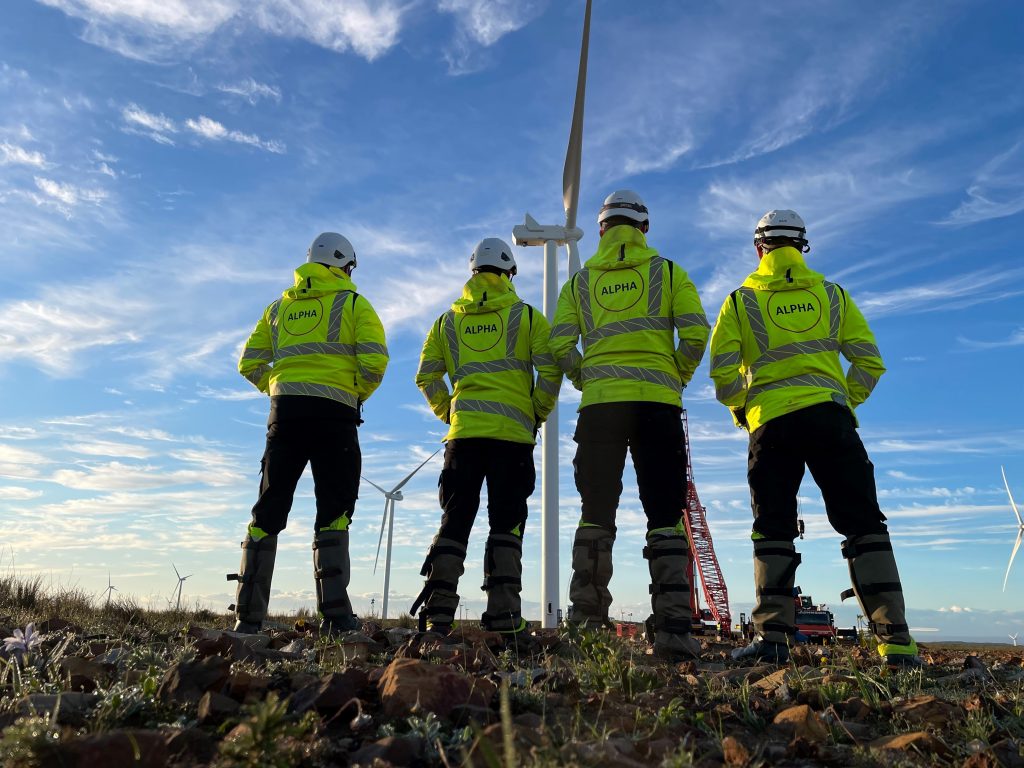
New Renewable Talent Streams in Unusual Places
The desired profile of a free-floating, belief-driven worker with the right skills seeking a technically challenging career is found across many outside sectors, opening new talent streams to the industry. For example, oil and gas is an industry where workers routinely transfer overseas, and freedom, coupled with diverse and challenging roles, is often rated more highly despite the more volatile nature of the industry. A recent Greenpeace survey found half of O&G workers would consider switching to renewables, partly due to growing environmental consciousness among workers and the more frequent boom and bust cycles seen across the industry due to fluctuating oil prices.
There are also clear skills synergies between offshore wind and oil and gas with everything from O&G platforms to pipelines now being repurposed for wind-to-hydrogen. Many of our pool of “transition technicians” now come from the oil and gas sector, and we were able to seamlessly transition O&G workers into wind technicians in only a few weeks by ensuring they were certified to GWO standards, allowing entry level access to the industry. Although typically, we see transition to more senior roles because of the vast technical knowledge of those transitioning from traditional energy industries such as oil and gas.
The military also contains a technically proficient, globally mobile, field-based workforce that shares many skills and values with the renewables sector. For example, the hydraulic and rotating systems and airfoils on aircraft are similar to those on wind turbines, allowing a smooth transition for air force technicians to retrain as wind technicians. Similarly, army engineers have transferrable skills for mechanical or structural engineering of wind projects. Research has shown that personal values and a desire to make a difference are common reasons for joining the military, and this aligns well with a renewable sector dedicated to an ethical mission.
As disciplined, goal-oriented professionals used to remote deployments and working in harsh environments under pressure, military veterans have many other desirable characteristics. It is little wonder therefore that the U.S. wind industry now employs military veterans at a rate 61 percent above the national average.
As a business, we now use software to help identify transferrable skills and certifications among professionals within our own workforce and transition them into wind roles, but, more broadly, we can use trade testing to ensure the suitability of technicians or otherwise moving into the renewables industry. We can also identify training to fill specific gaps in each CV and thus fast-track employees into wind-energy roles. This enabled us to grow our ‘flying squad’ with renewable skills drawn from outside industries for everything from inspection to installation of wind projects.
With insecurity in the job market across multiple sectors, including oil and gas, there is an opportunity to extend this model across the economy to retrain and transition thousands into the renewables industry. As renewable energy undergoes technical, digital, and commercial transformation, it will need an influx of new skills that can be found in outside industries. The key will be promoting the industry to a new profile of technically proficient, free-roaming, belief-driven worker and identifying workers with the requisite raw skills and characteristics. Achieving this could create millions of new renewable jobs by 2050, plug the green energy skills gap, and help accelerate the global energy transition.
About the author
Mikkel Lund is CEO at Alpha Offshore Services.
















